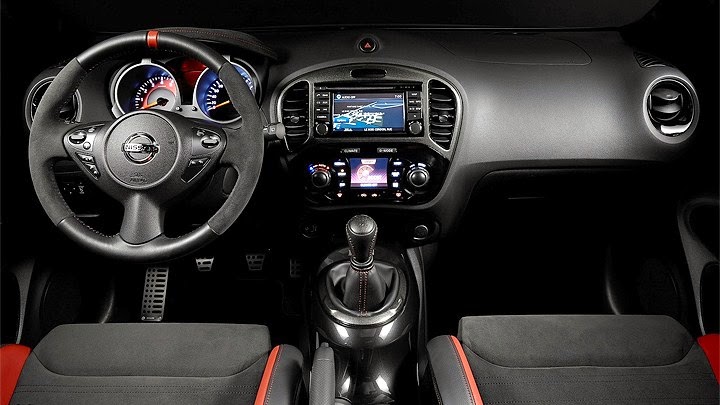
Nissan was really lucky with what is called a “mini SUV”. Leaf and Versa are much easier vehicles with which to work because they’ll always rely on the traditional public, which is used to buy hatchbacks, sedans, SWs and pick-up trucks. Since categories like those usually have dozens of options, investing on different styling is simply a nice way to stand out in the crowd – even when that “different” isn’t in a good way. And if you make a model like without playing the card of funky design, the result is Qashqai. This is why selling so well is a huge deal for Juke: it never depended on any “safe strategies” like those. That awkward style could have been rejected just as easily, but it managed to hold great numbers for four years now, whether in Europe, North America and Japan.
Nevertheless, since Juke had to be updated sooner or later, Nissan decided to stay at this new comfort zone this time. Besides, having such strong character leaves it in the same situation of models like Fiat Bravo and Hyundai Veloster: they look good because front, sides and rear are deeply interconnected. If a half-life facelift attempts to change only parts of it, the results would be terrible. So while it’s still early for a new generation, Juke enters 2015 with slight design tweaks. The daytime LEDs are sleeker, and now remind of the ‘2013 Extrem concept’s. The upper grille became smaller in order to make room for the redesigned lower one, which includes a colored section and looks sportier. The rear bumper had the same level of changes, and the sides got new wheels.








The round-themed dashboard remained largely untouched, and pairs inserts on both piano black and body color to a sporty black coating with few chrome accents. There’s an optional panoramic glass roof now, and if your car has two-wheel-drive you get a 40% bigger trunk, going to 354 liters. What could be considered the biggest news lies under the hood: the 1.6L engine was replaced with the DIG-T 1.2L. This turbocharged unit was co-developed with Renault, and if it’s 2-hp less powerful (it reaches 114 hp), the torque went from 116 lb-ft to 140 lb-ft. This engine uses start/stop as standard, and its efficiency is proved with 15.6-kpl consumption and 126 g/km of CO2. The diesel engine didn’t receive a single change, but if you need more power…
… you’d like to know the Nismo RS version was updated, too. The turbocharged 1.6L engine was improved and now offers 215 hp and 206 lb-ft, but only if you stick to FWD. Since Juke’s all-wheel-drive system can’t handle any more torque, it stays with 197 hp and 184 lb-ft. Both versions bring CVT transmission and, for the first time, limited-slip differential. According to Nissan, the sporty Juke is also stiffer and has better handling, and it offers upgraded brakes as an optional, boasting 320-mm discs. All that is combined to exclusive sporty bumpers, wheels, aerodynamic kit and red inserts, whose sporty feeling is matched by more red items at the interior, some Alcantara touches and a very interesting optional: this Juke can have the same Recaro seats as Nismo GT-R.